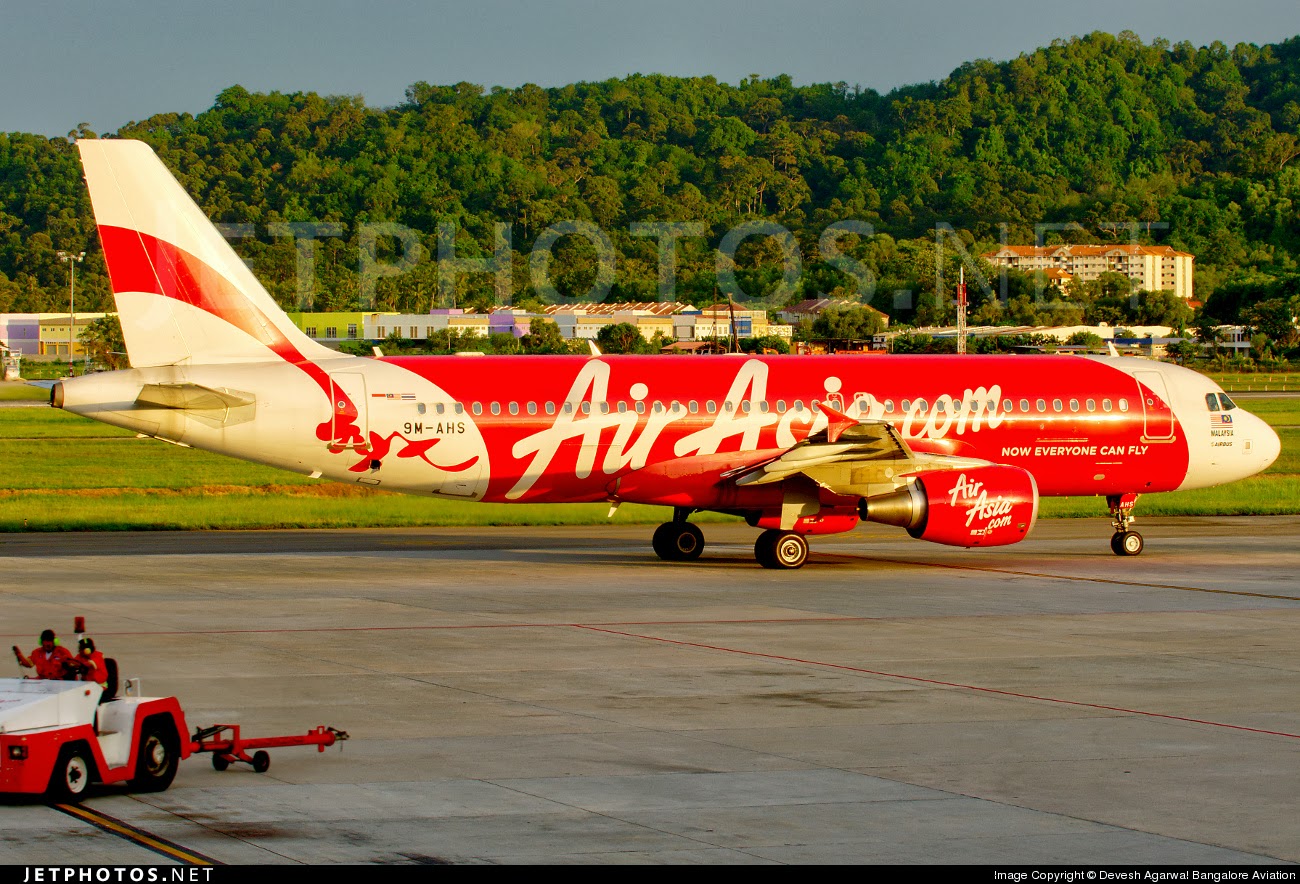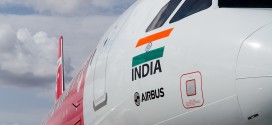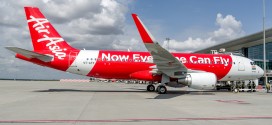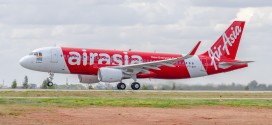Earlier this year, many an Indian waited with expectation while all Indian carriers waited with trepidation as the Malaysian low cost behemoth AirAsia, announced and commenced flights to a slew of cities across the nation.
 Fast forward six months, and the Indian carriers are breathing easy as AirAsia is quietly withdrawing or dramatically scaling back flight operations from many Indian cities. Hyderabad, Bangalore, Kolkata, Trivandrum, are just a few, even the Chennai-Penang flight where the carrier has a complete monopoly has been quietly withdrawn.
Fast forward six months, and the Indian carriers are breathing easy as AirAsia is quietly withdrawing or dramatically scaling back flight operations from many Indian cities. Hyderabad, Bangalore, Kolkata, Trivandrum, are just a few, even the Chennai-Penang flight where the carrier has a complete monopoly has been quietly withdrawn.
No seats are available for booking as much as one month in advance, even though the flight is still officially listed on the time-table.
What caused this low fare juggernaut to falter in a value concious country like India? A market so well suited for a low cost carrier, a market in which domestic low fare carriers are doing so well. It appears to be a combination of an incorrect strategy married to poor execution and a failure to adapt the AirAsia business model to meet the expectations of the Indian passenger.
Not engaging travel agents
Unlike domestic travel, foreign travel involves a variety of services in addition to the air ticket. From passports, visas, hotels, tours, to insurance, there is a gamut of services travellers need when flying overseas, and for these they rely on the travel agent. Travel agents are responsible for over 83% of the international travel bookings.
Even the largest global carriers like Singapore Airlines and Lufthansa realised the power of the travel agent in the Indian market when they tried to impose a zero commission regime and were met with stiff resistance.
The typical passenger on AirAsia would be a first time international traveller, and not well versed with the myriad of documentation and other requirements of foreign travel. many carriers and choices available in the travel market. Unlike Indian low fare carriers SpiceJet and IndiGo, AirAsia has chosen not to engage the travel agents, instead relying on a single call centre.
Ignoring corporates
The Chennai Penang route is a perfect example of the airline’s failure to engage with potential customers business. Even with a monopoly on this route, AirAsia was managing a woeful 50% passenger load factors.
There are strong social and business links between the two cities. Penang was the base for the British during colonial times and was the destination of choice for Indian immigrants primarily from the state of Tamil Nadu whose capital is Chennai, since the late 18th century. There are similar synergies in business as well. Penang is one of the largest electronics manufacturing areas in the world, and Chennai is the hub for electronics manufacturing in India. Dell, Flextronics, Jabil, Sanmina SCI, Nokia, Bosch, the list of potential customers, with facilities in both cities, is endless.
Time is valuable for everyone especially the business traveller. I used to fly this route regularly as it was a simple three hour day flight instead of a eight hour overnight ordeal via Kuala Lumpur, yet, I was probably the only business customer on the flight.
Visa pains
AirAsia’ point to point model works against it, since Kuala Lumpur and Malaysia are not the final destination for many Indian travellers, and multiple tickets cause confusion for the first time and uninitiated traveller.
The decision of the Malaysian government to remove the visa on arrival facility has also hurt the carrier significantly since most passengers will not want to go through the travails of obtaining a Malaysian visa purely for transit, and after tickets, visas are the foremost services travellers obtain from travel agents, a segment AirAsia does not engage with.
Over-estimation of the AirAsia brand and model
AirAsia may be a household name in Malaysia, but not in India. The airline has chosen to rely more on word of mouth instead of advertising, and therefore remains relatively low on the recall level when someone wishes to travel.
With different value perceptions and expectations, the Indian market is not yet ready for a traditional low-cost carrier with the complete a-la-carte pricing. AirAsia has to learn the finer market nuances from Indian low cost carriers IndiGo, SpiceJet, and GoAir who have spent the last five years building a trust with their passengers. Recent incidents like the Delhi fiasco only lower the airline’s brand equity.
To avoid being stuck with only the elderly or labour class passengers, it is important for AirAsia to develop a loyal clientèle of business and middle-class leisure travellers, and for that it needs to engage with them via advertising, brand-building, and the travel agent community.
IndiGo which has a no-fuss service model very similar to AirAsia has recognised the weakness of this model for its upcoming international operations and is modifying it to ensure success.
Impatience
AirAsia runs a very tight ship and expects quick results. Its skeleton teams in various cities are too busy running airport operations to network with potential clients and build business.
AirAsia also need to give its teams longer than the six months, before it downgrades or kills the route or its employees.
India has long been the graveyard of low cost international carriers. Jetstar Asia, Tiger Airways, Nok Air, and others have come, failed, and quietly left the Indian market. Much is expected of AirAsia, and the carrier has excellent business leaders, but if they repeat the mistakes of their predecessors they are doomed to the same failed results.
 Bangalore Aviation News, Reviews, Analysis and opinions of Indian Aviation
Bangalore Aviation News, Reviews, Analysis and opinions of Indian Aviation




